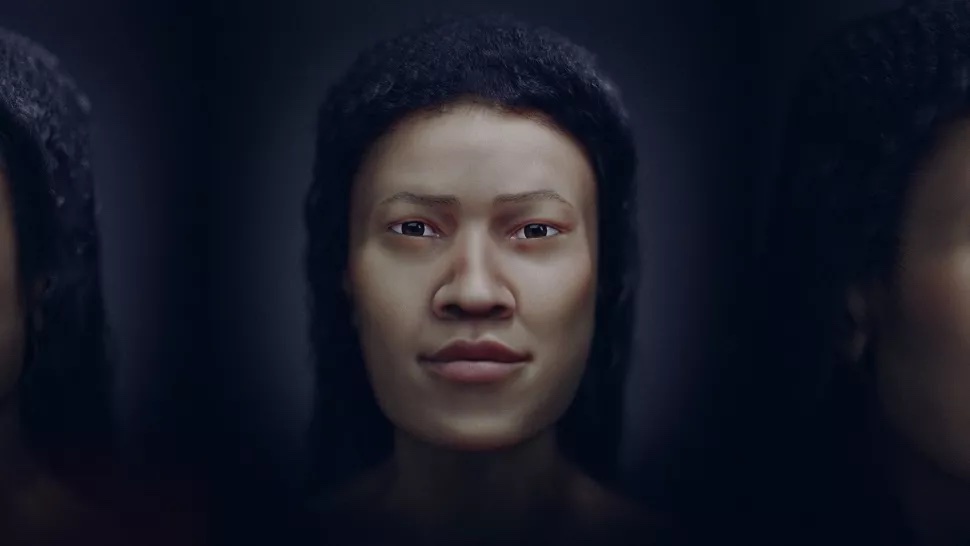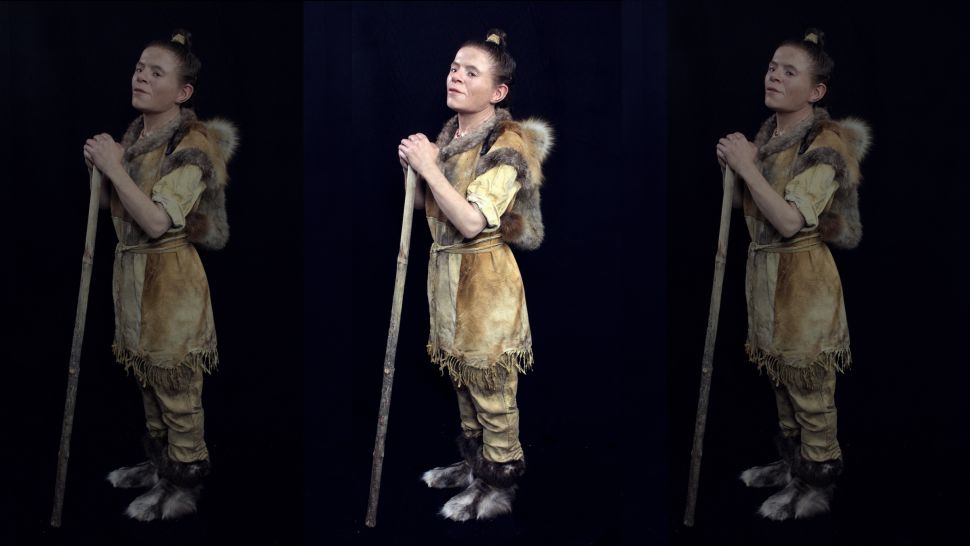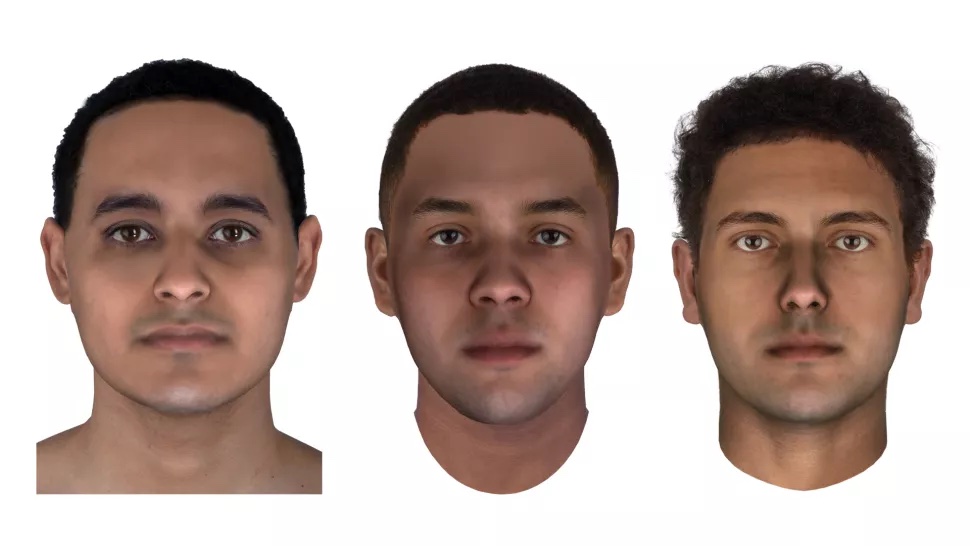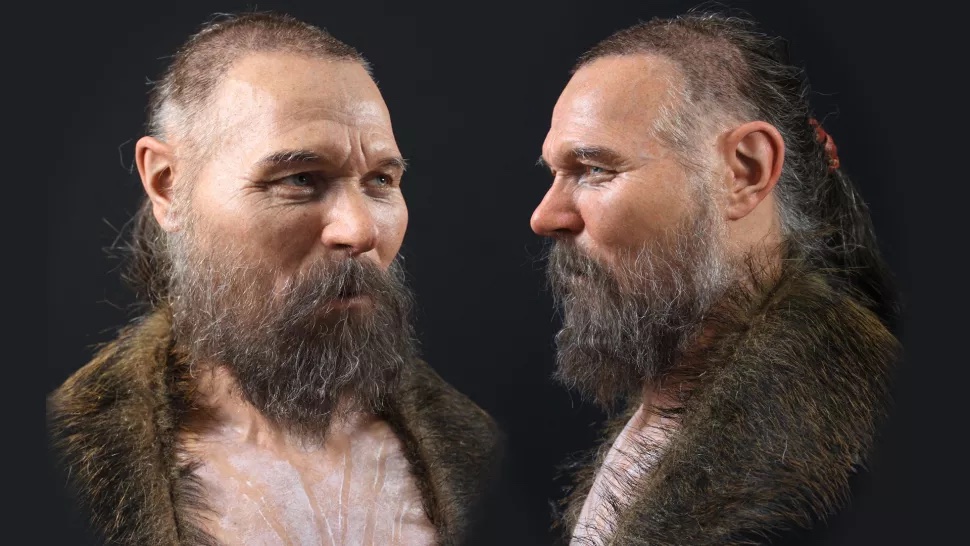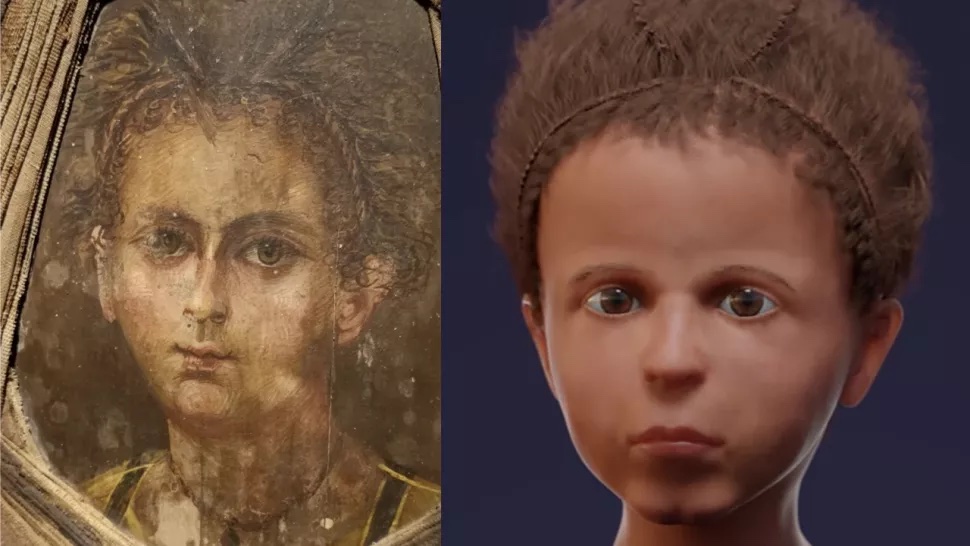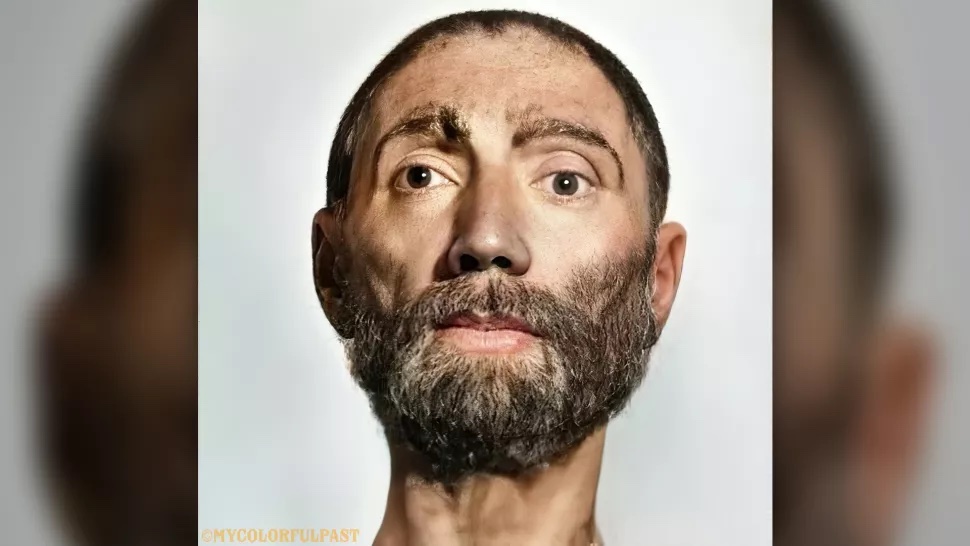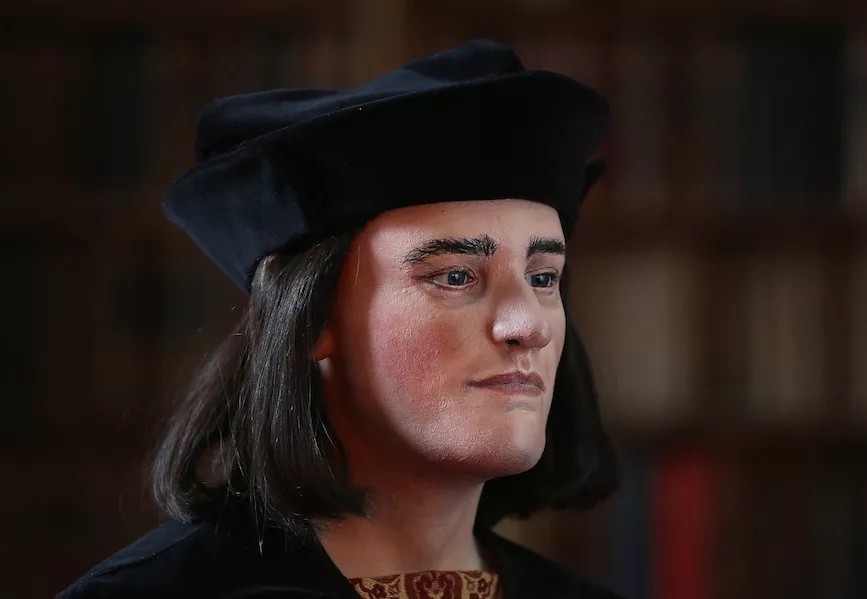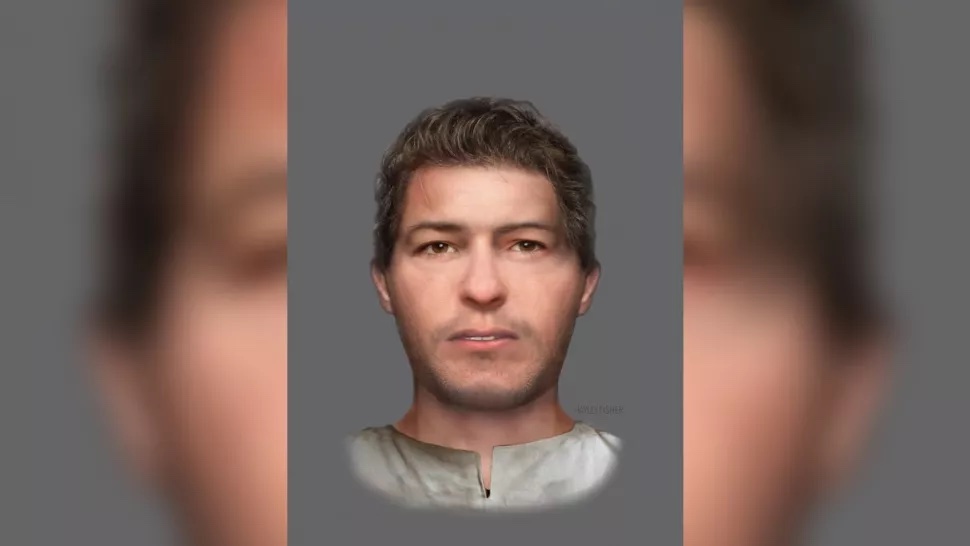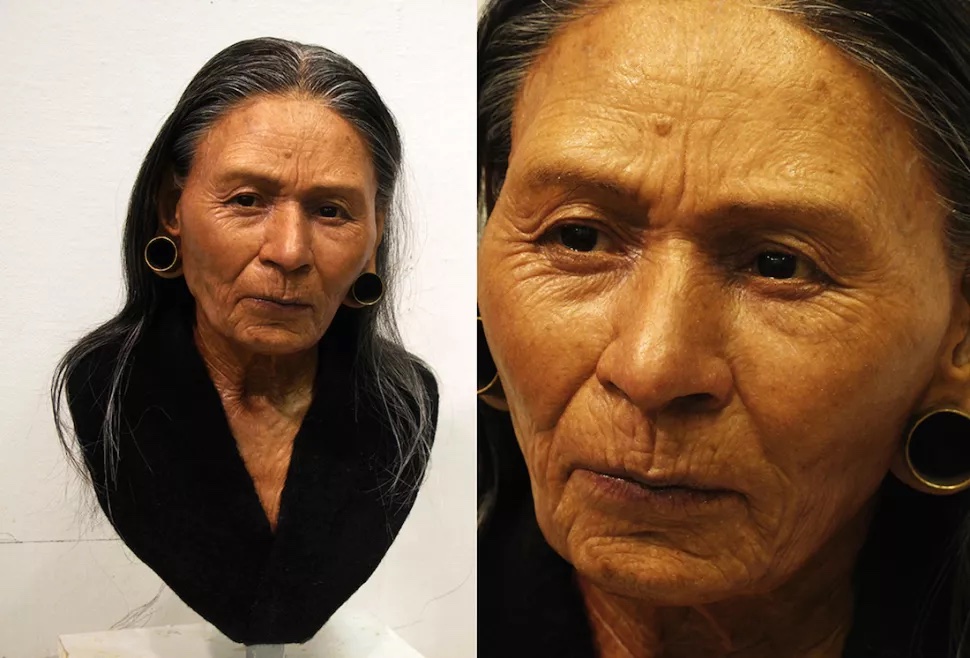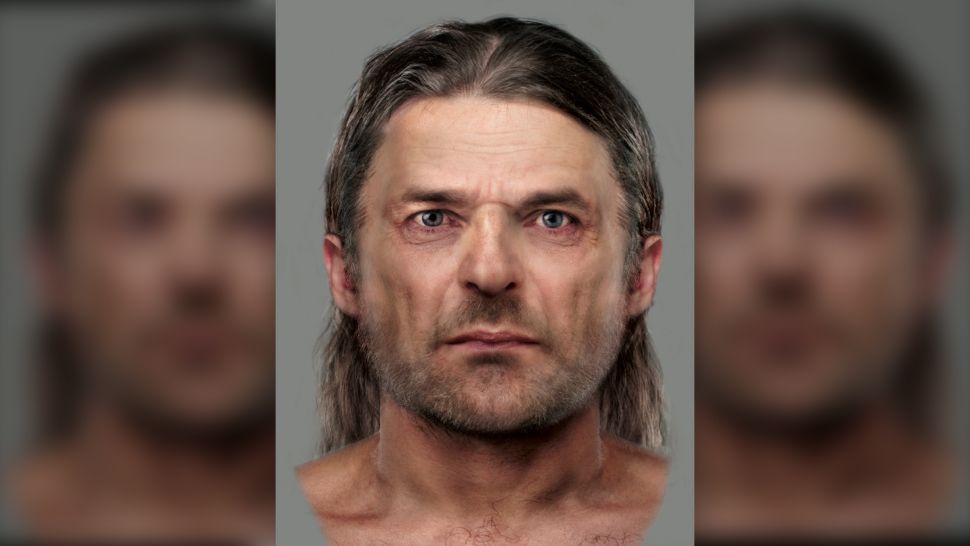Modern scientific techniques allow researchers to develop outstanding facial reconstructions of people from the past.
While our ancestors are often thought of as a mystery, cutting edge technology allows experts to bring back the long-dead and help us feel closer to those who walked before.
See below Family History Zone’s top ten best facial reconstructions:
New Stone Age Penang woman
This 40-year-old woman from the New Stone Age, otherwise referred to as the Neolithic period, was discovered during a dig at the Neolithic site Guar Kepah in Penang, northwest Malaysia.
The Penang woman was believed to have lived around 5,700 years ago. She was created using a variety of techniques such as CT (computed tomography scans) and 3D imagery of modern-day Malaysians.
Neolithic woman found in Sweden
An expert spent over 350 hours mastering the reconstruction of this Neolithic woman, who was found during the construction of a road in Lagmansören, Sweden.
She is believed to be in her late 20’s and is based upon a scan of her skull alongside what we currently know about migration into ancient Scandinavia.
Three ancient Egyptians.
DNA was extracted from the mummies of three men who lived over 2’000 years ago to create these facial reconstructions.
The process involved forensic DNA phenotyping, which uses genetic analysis to predict various aspects of the individual, such as the shape of facial features.
The men lived in the ancient Egyptian city of Abusir el-Meleq and have been reconstructed at 25 years old.
Stone Age man on a spike
Found impaled on a spike at the bottom of a lake in Sweden, this 50-year-old Mesolithic man was believed to be around 8,000 years ago.
The man was found missing his jaw, yet forensic artists have successfully reconstructed him using measurements from other areas of his skull.
Young Egyptian child.
Scientists were interested in the accuracy of “mummy portraits” – these are images of people affixed to the front of their mummies. Mummy portraits were a popular tradition among some Egyptians in Greco-Roman times.
The mummy of this young boy was found southwest of Cairo in Egypt. After CT-scanning the mummy, and analysing previous X-rays, the facial reconstruction turned out to be exceptionally similar.
King Henry VII
King Henry VII died on April 21st 1509. Using the King’s death mask (a wax mask that preserved the likeness of the King), graphic artist Matt Loughrey successfully recreated an incredible depiction of one of England’s previous kings.
King Richard III.
King Richard III’s was, quite amazingly, found beneath a parking lot in Leicester, England 2012.
Despite Richard often being portrayed as an ‘evil’ character, his reconstruction depicts him in a kinder light. King Richard died in 1485 – interestingly, archaeological evidence suggests that his body was beaten before the burial.
Bodies in the bog
The medieval gentleman pictured below was found in Scotland in a mass grave. He was buried among eight other adults and five infants who have since been referred to as as the “bodies in the bog”.
After studying the remains, it was found that several of the individuals suffered violent deaths. Using isotope analysis on the bones and teeth of the skeletons, experts also discovered that some of the victims had travelled from far-flung corners of Scotland.
Ancient Wari Queen.
The Wari queen was discovered among numerous extravagant artifacts in a pyramid mausoleum known as El Castillo de Huarmey, Peru. She lived around 1,200 years ago and was buried in a private chamber signifying her importance to her Wari culture.
The reconstruction was crafted from modelling clay and was based on the queen’s skull.
Blair Atholl Man
The medieval Blair Atholl man was believed to be around 1,600 years ago. While he was discovered near Blair Atholl in the Scottish Highlands, recent research has found that he was not actually local to the area.
Chemical analysis revealed that he had elevated sulphur isotope ratios, which led researchers to believe he spent the majority of his later life elsewhere and was therefore likely a newcomer to the location where he died.
Source:
https://www.livescience.com/
Image Source:
- New Stone Age woman: https://www.livescience.com/stone-age-facial-reconstruction-woman-malaysia
- Neolithic woman found in Sweden: https://www.livescience.com/stone-age-woman-reconstruction-sweden
- Three ancient Egyptian men: https://www.livescience.com/ancient-egyptian-mummies-faces-reconstructed-dna
- Stone age man found on a spike: https://www.livescience.com/stone-age-man-facial-reconstruction.html
- Young Egyptian child: https://www.livescience.com/mummy-portraits-egypt-accuracy.html
- King Henry VII: https://www.livescience.com/henry-vii-reconstruction-death-mask.html
- King Richard the 3rd: https://www.livescience.com/26959-richard-iii-friendly-face.html
- Bodies in the bog: https://www.livescience.com/cramond-bodies-in-the-bog-facial-reconstruction
- Ancient Wari Queen: https://www.livescience.com/61216-ancient-wari-queen-reconstructed.html
- Blair Atholl Man: https://www.livescience.com/blair-atholl-man-scotland


